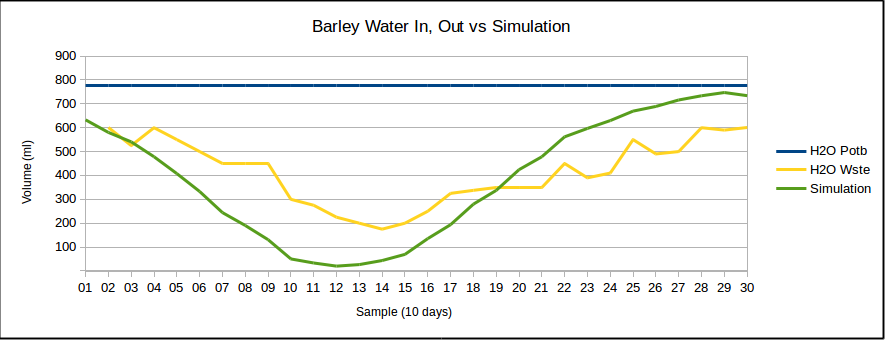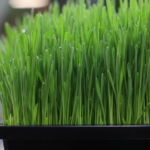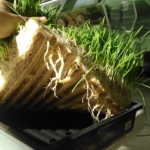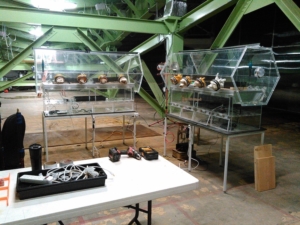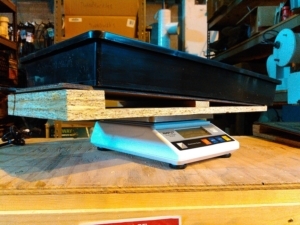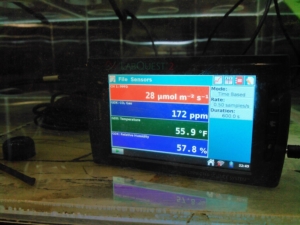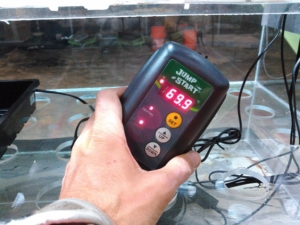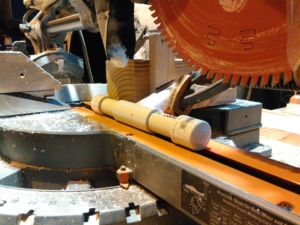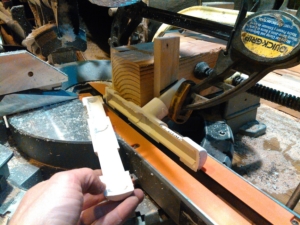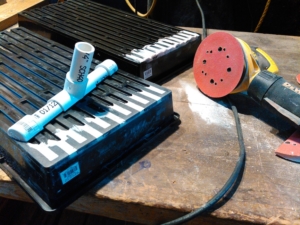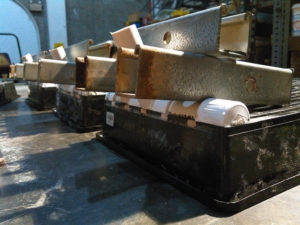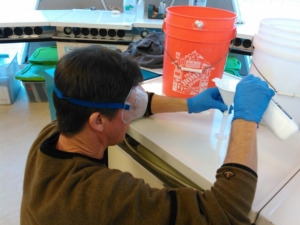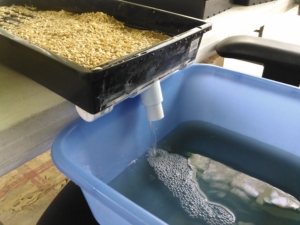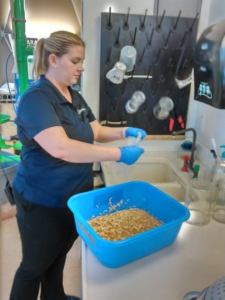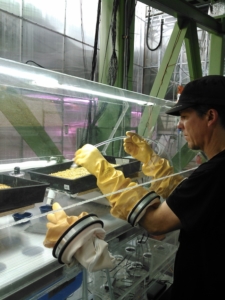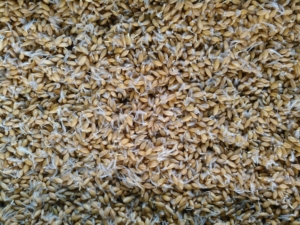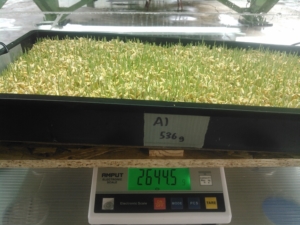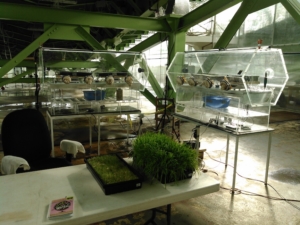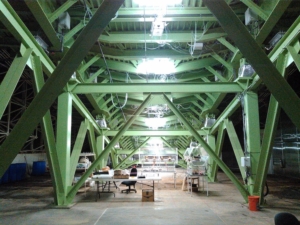A soft release pending
The SIMOC developers are (as I type) hard at work to wrap up loose ends and tighten the details for a soft-release to National Geographic on Monday. The Nat Geo review team will provide feedback for their experience of SIMOC and the associated educational curriculum. The SIMOC development team will then update and improve SIMOC through the month of October. This marks two and a half years in development, a team of a dozen developers in total with countless thousands of hours, and the support of individuals at NASA Johnson Space Center, NASA Kennedy, Arizona State University’s School of Earth & Space Exploration and Interplanetary Initiative, Paragon Space Development Corporation, and many other individuals from both private and public sector institutions.
We are excited for the day in which we can share SIMOC with you!


